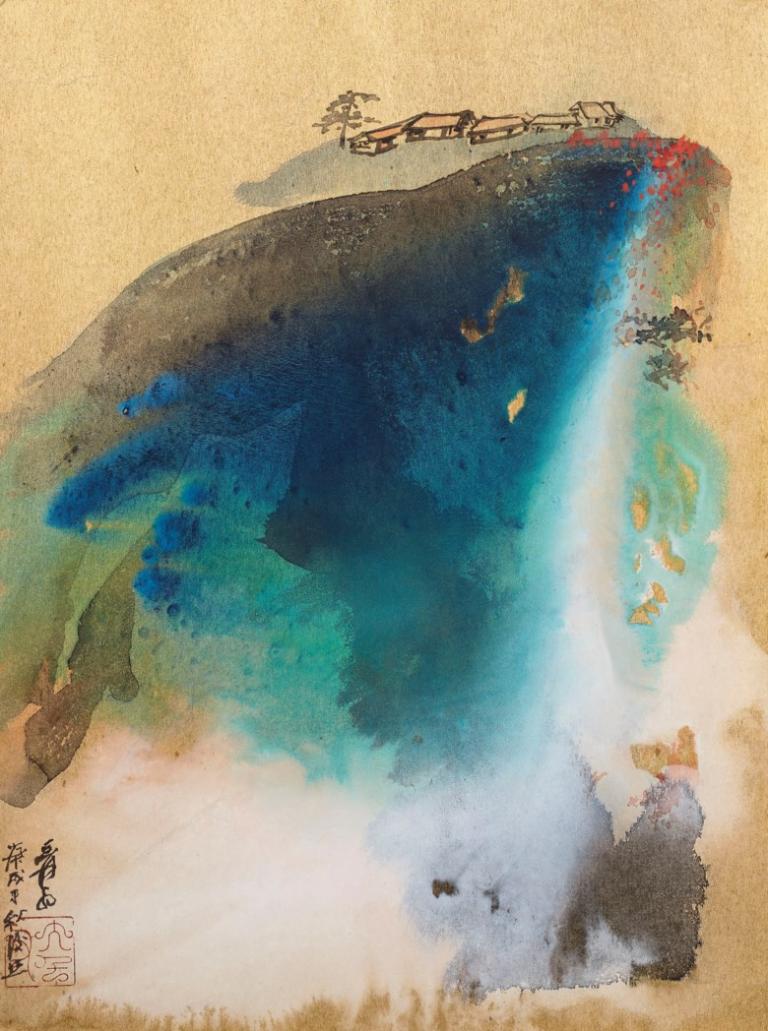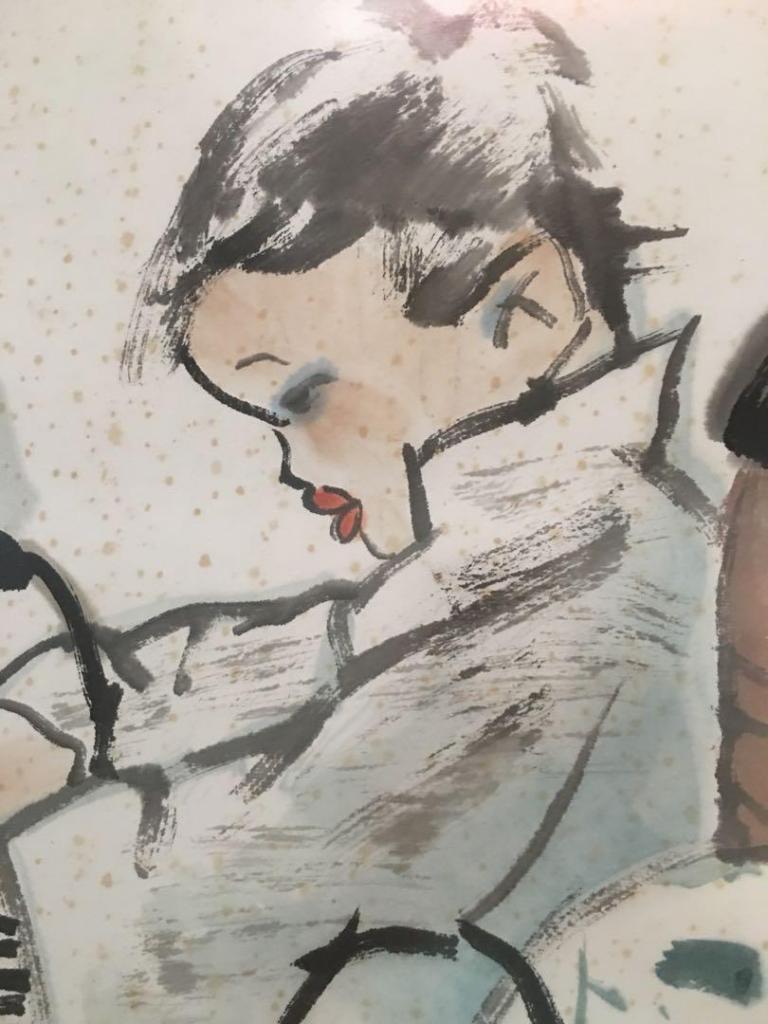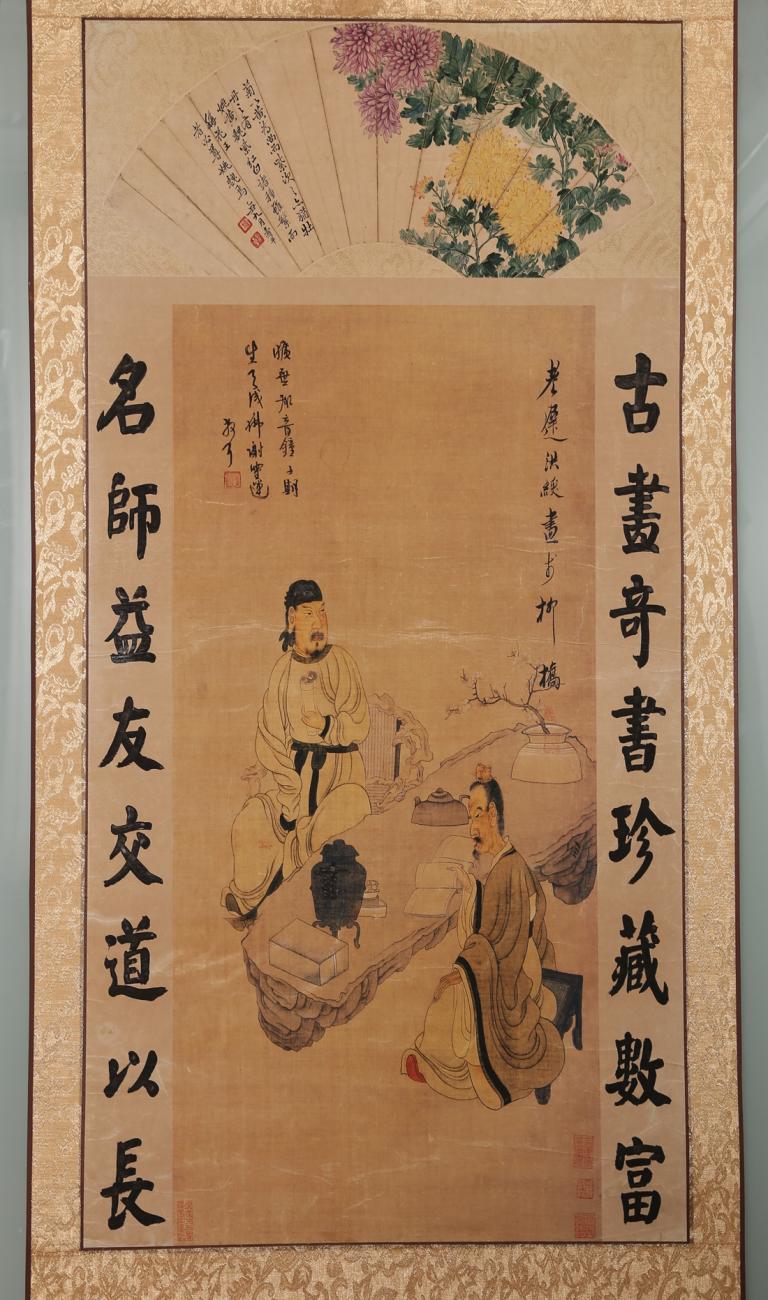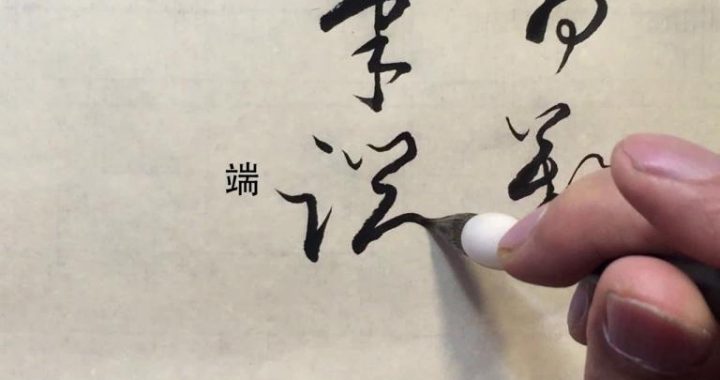Unique Chinese painting
3 min readChinese painting originated from pictures on Neolithic painted pottery and cliff paintings. The Yangshao Culture spreading to Henan, Shanxi, Shaanxi, Gansu, Hebei and Ningxia with the Loess Plateau as the center about 7,000 years from now was the most prosperous period of Chinese Neolithic painted pottery. Both the lines and colors of the simple or complicated pictures on the painted pottery of this periodreached the basic standard for painting, and laid a good foundation for painting’s later development. Meanwhile, there are also very widely distributed cliff paintings in China. It is one of the countries with the most abundant cliff painting relics in the world. More than 1,000 cliff painting sites have been discovered, mainly including the Yin Mountain cliff paintings in Inner Mongolia, the Helan Mountain cliff paintings in Ningxia, the Altai Mountain cliff paintings in Xinjiang, the Cangyuan cliff paintings in Yunnan, the Zuo river cliff paintings in Guangxi, etc

After originating from pictures on painted pottery and cliff paintings, Chinese painting formed basic types after thousands of years of development
1. Figure paintings, including portrait paintings, genre paintings, historical story paintings, etc. There were mature figure paintings in the Warring States Period, e. g the silk paintings of the Warring states Period unearthed from a Chu tomb in Changsha, Hunan. Good figure paintings are lifelike
2. Landscape paintings. Landscape paintings became independent in the Sui and Tang dynasties, and attained a high level of maturity in the Song Dynasty. Good landscape paintings manifest artistic conceptions

3. Flower-bird paintings, i.e. paintings depicting flowers, melons, fruits, bamboos, stones, birds, beasts, worms and fishes. Flower-bird paintings emerged very early Such themes can be seen on Neolithic painted pottery and bronze vessels of the Shang and Zhou dynasties. In the Tang Dynasty, they developed into an independent ype of painting. Many Chinese flower-bird paintings have symbolic significance-for example the”four Winter gentlemen”of the plum blossom the orchid the bamboo and the chrysanthemum drawn by painters in all dynasties imply pursuit of noble character
4. Ruler paintings i e. paintings depicting palaces houses pavilions and other
buildings drawn with line brushes and rulers, also known as palace paintings pavilion paintings”and “cabin paintings
5. Miscellaneous paintings, i.e. paintings not belonging to any of the above types such as rocks in grotesque shapes, ancient objects(such as porcelain, bronze, jade and stone objects), bed curtains, painted eggshells and colored lanterns
Chinese painting has a style of its own Different from the Western style of realistic ainting adopting the focus perspective, Chinese painting adopts the unfixed perspective. Artistic conceptions are the core of Chinese ancient painting theories, referring to the image system perfectly blending feelings and settings and combining the virtual and the real manifested by paintings and the aesthetic and imagined space brought out by it. The differences between Chinese painting and Western painting lie n different painting tools and, more importantly, different cultural views and aesthetic values. Chinese painting thus formed a unique independent artistic system Both grand works and small ones are all different, with infinite connotations and appeal









